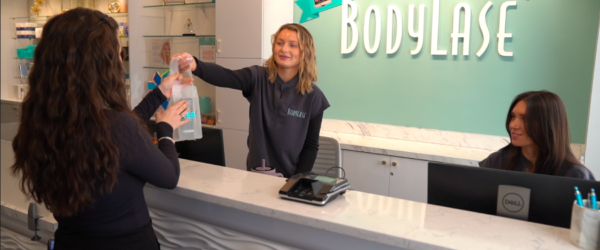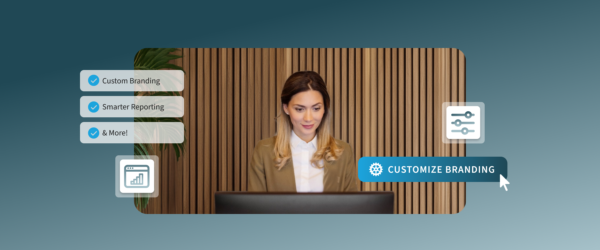Budget and Cash-Flow Plan for Salons and Spas
Budgeting is essential to running a successful salon or spa. It’s the first step toward a more financially thriving business. If your budget isn’t taking you as far as it should, it’s time to reassess.
Why Salons & Spas Need Budgets and Cash-Flow Plans
Monthly salon budgeting helps ensure you have enough capital to cover your expenses every month. With a strategic budget, it’s easier to spot trends and cut unnecessary costs, so you can improve profitability.
Salon budgeting is useful for setting realistic goals and monitoring progress as you plan for expansion, new hires, or equipment upgrades.
The easiest way to set goals is with Meevo’s goal-planning tools. You can track progress in key areas like sales and services, and set targets by month, week, or day. Meevo automatically calculates results, compares them to previous years, and highlights improvement opportunities.
How to Create a Salon Budget
Start by getting to know your numbers.

Step 1: List and Estimate Income for Revenue Lanes
Identify every way your salon generates revenue. Review your past months’ sales for each lane to see which areas drive your business and where there’s room to grow.
Typical revenue lanes include:
- Services: Estimate average monthly income from appointments and treatments.
- Retail: Track sales of products like shampoos, conditioners, styling tools, and gift cards.
- Memberships: Calculate recurring revenue from clients who subscribe to membership packages or loyalty programs.
- Gift cards: Boost Q1 revenue by selling prepaid packages and gift cards in Q4 for a financial cushion during the slower winter months.
Step 2: Determine Your Fixed and Variable Expenses
Building a realistic budget and ensuring your salon’s long-term profitability means avoiding overspending on expenses. Divide your costs into:
- Fixed expenses: Rent, insurance, software subscriptions, and loan payments stay the same monthly, making them easy to plan for.
- Variable expenses: These costs change based on your business activity. Examples include inventory, marketing campaigns, utilities, and hourly staff wages.
Generally, no more than 15% of your revenue should go toward inventory. Calculate this by dividing the monthly variable costs by your revenue. If your percentage is higher than 15%, it’s time to improve inventory management. For example, reduce the units of products you don’t use often.
Use Meevo’s inventory management software to effortlessly track product usage in real-time across locations. Quickly detect issues and find ways to save.
Step 3: Create Your Budget
Use a simple spreadsheet, like Google Sheets or Excel, to:
- Track monthly income and expenses to spot trends and adjust as needed.
- Assess if your business is remaining on budget at a glance.
- Stay organized and accountable.
- Set realistic goals.
- Keep your salon on track.
A leading salon budgeting tip is to track your salon’s numbers with Meevo’s advanced reporting tools. With over 150 different reports, you can quickly monitor expenses, revenue, and performance across locations.
Tips for Your Salon or Spa Budget Plan
Simple salon budgeting includes all your revenue streams and breaks expenses into fixed and variable categories. It also includes profit calculation.
Here are some top tips for creating your plan:
- Organize revenue and spending according to month and quarter.
- Review your budget monthly and make updates as needed.
- Test different budget scenarios and plan ahead.
Take Control of Your Salon’s Finances Today
An accurate budget is essential to achieving your goals and scaling your business. Meevo helps you manage your salon’s financial plan and the entire business side of beauty and wellness with a range of features for salon operations, client management, and marketing.
With Meevo’s robust features, you can easily track and report your business performance, manage memberships for recurring revenue, and optimize inventory for retail success. Request a Meevo demo today!








